 Nature and wildlife filmmaking is a visual art, so when I’m out in the field I’m always looking for a subject and a great composition.
Nature and wildlife filmmaking is a visual art, so when I’m out in the field I’m always looking for a subject and a great composition.
When it comes to finding and filming wildlife, there’s one thing I’ve noticed helps me more often than not and that’s listening.
Usually when I’m finished filming a subject, I just don’t pack up and head to the next adventure. I like to stay a while and let nature soak in for a while. One thing I’m also doing is listening.
Wildlife just doesn’t march through the woods or prairies like they’re on a mission. Their lives depend on not only being quiet to protect themselves from predators but also listening for the predators that are also trying to be quiet.
If you’ve ever watched an animal it will usually take a few steps then stop and listen. Their head and ears are on swivels looking and listening. It’s easy to see and hear humans. We tend to travel through nature like a tank. Usually I can hear people coming up the trail long before I see them. It’s amazing how well sound carries.
By staying still and taking in nature you allow the alarms in wildlife to settle down. They are used to people talking, and making all kinds of noise so silence usually means people aren’t around. So if you listen, you can often discover wildlife as they move stealthily through their habitat.
I once filmed a white tail doe and her two fawns walking down a trail in the tallgrass prairie because I was still and listening.
The doe had picked up my scent but because I wasn’t moving, she couldn’t quite figure out where I was. So she snorted. That’s when I knew I wasn’t alone. Slowly I turned and saw the doe and twin fawns. It seemed that she didn’t want to go back towards the road and wanted to get past where I was so she could take her family into the woods.
I slowly turned my tripod and camera around to frame them up and then I walked away down another trail.
Eventually I saw the deer family make its way down the trail and into the safety of the woods. If I hadn’t been listening, I would have slung my camera and tripod over my shoulder, turned to go down the trail and spooked the deer and never got a shot.
So when you’re out in the field, don’t be in too big of a hurry to get to your next subject. If you stop and listen, your next subject might just come to you!
And as always, shoot the ordinary and make it extraordinary!

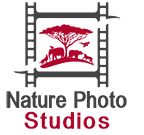
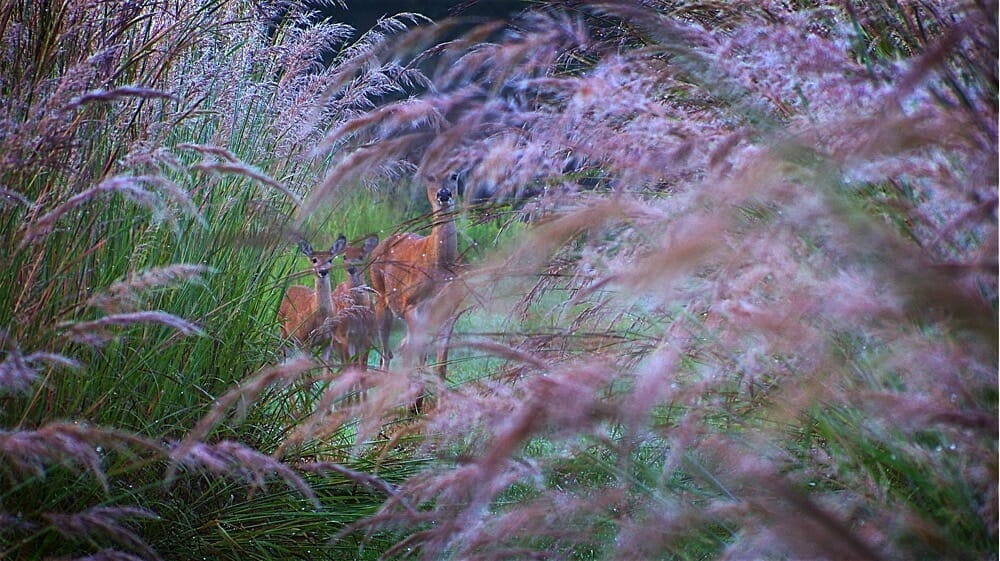

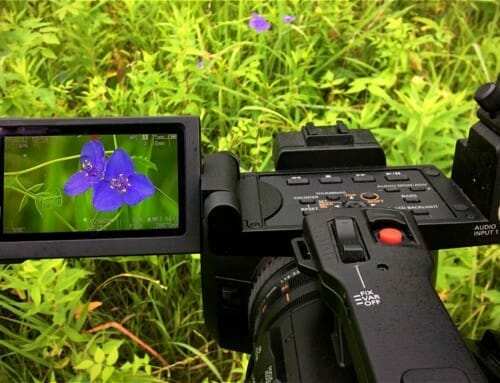
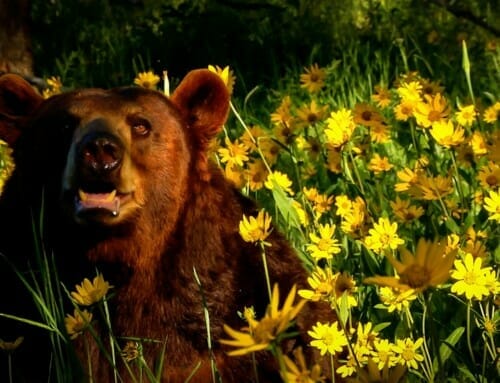
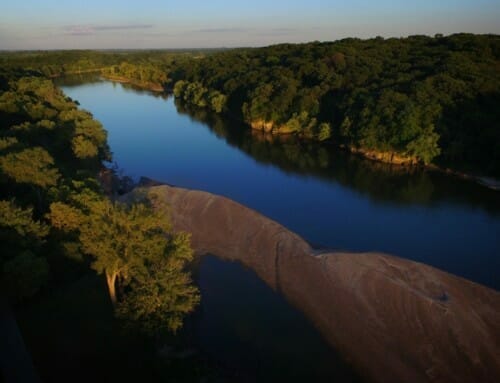
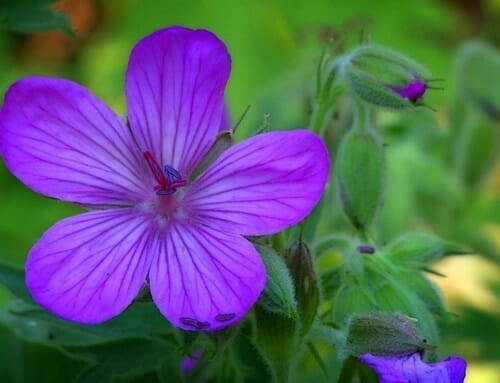
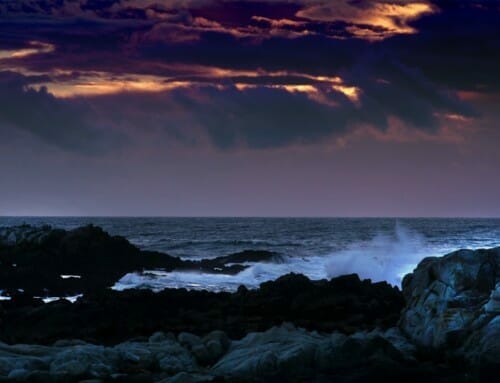
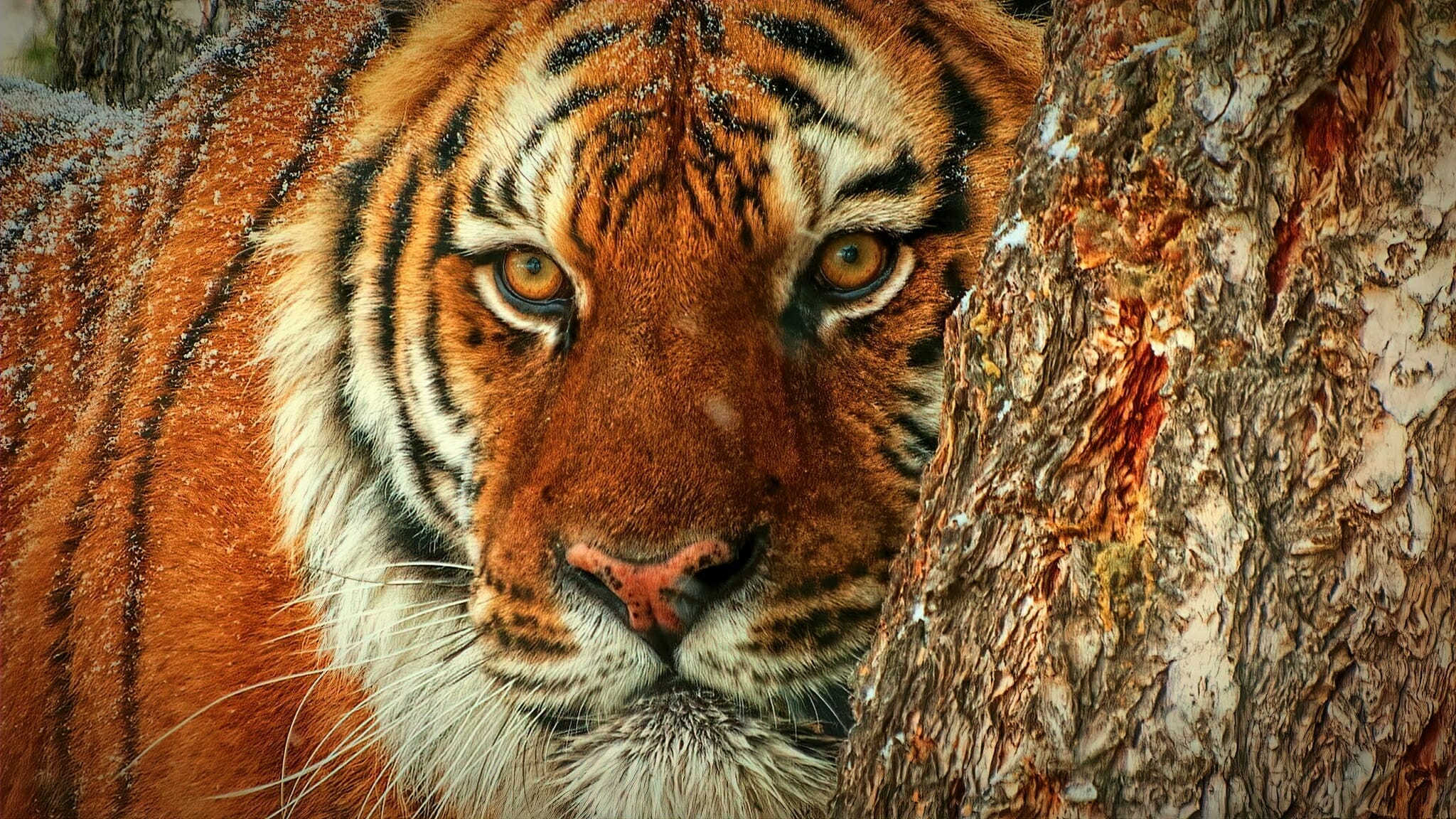
That’s a brilliant picture and I love your advice about listening. I think that’s the best part about going back to nature: the peace and quiet compared to the constant buzzing of city life.
Andrea from Music & Words blog
Volunteer in Damyanti’s D Company #atozchallenge
Andrea,
Thanks for taking the time to leave a comment! I really appreciate it!
Nature is where I can recharge my batteries! There’s a place at my local nature center that has a grove of mature white pines. The ground is covered with pine needles that muffle most sound. You have to hike up a hill so that eliminates 90% of the public because if it takes effort, they’re not interested. So I often go there to think and meditate. It is so calming!
In all the years I’ve been going there I’ve probably seen maybe four or five people on that trail. Sad that more people don’t make the effort but glad that I have a bit of serenity in this crazy world!